VFX: Get to Know the Amazing Visual Technology
I saw an awesome VFX piece online the other day.
Asher Zhu, a game producer at Epic Games, recently revealed an action-packed showcase of a solo-developed dungeon adventure game featuring a Slime. The untitled game is built on the Unreal 5 engine, and the player-controlled transparent Slime figure moves very silky smooth, making full use of its versatile form: not only can it traverse various terrains, but it can also wrap itself around enemies and take them away in a wave. Although some people are still frightened by the blood all over the ground, the work itself is well done.
This reminds me that it seems like it’s been a while since I’ve written anything about VFX. You can review our two previous articles.
Create a CG VFX Cinematic Environment in 4 Steps
BE a VFX designers,Is it NOT too late to start
Thanks to movies and television, we’ve all experienced fantasy worlds that could never exist on Earth. Even though we don’t usually like the fantasy genre, we’ve certainly seen these effects in action – whether in movies, commercials, or video games.
Visual effects allow filmmakers to create amazingly imaginative universes and achieve stunts that could never be filmed in the real world – but visual effects are not unique to blockbuster feature films.
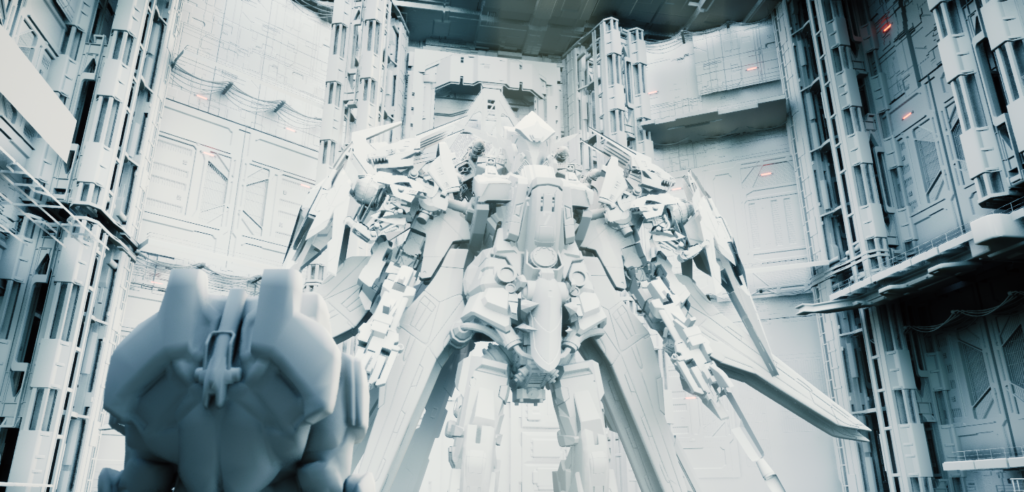
What is VFX?
In filmmaking, visual effects (VFX) are the creation or manipulation of any on-screen image that does not exist in real life.VFX allows filmmakers to create environments, objects, creatures, and even characters that would otherwise be impractical or impossible to film in the context of live-action footage. VFX in film often involves combining live-action footage with computer-generated imagery (CGI).
While visual effects have been used in film from the beginning, the popularity and growth of computer-generated imagery (CGI) have revolutionized the way visual effects are created.
As a result, many visual effects artists now focus on creating visual effects using CGI rather than traditional techniques such as stop-motion, puppetry, clay animation, etc.
The most common use of visual effects is to create special effects such as explosions, flames, creature creation, and object destruction, to name a few. If the director can think of it in his or her head, the VFX artist can bring it to life.
Why are visual effects important?
Visual effects are a wonderful addition to any film. They allow filmmakers to envision and execute detailed and magical effects, worlds, and characters that actors cannot use on a soundstage.
VFX captures existing footage of a scene and modifies it, and the computer-generated image is completely fictional from start to finish. You may be more familiar with CGI from watching the Star Wars film series. many of the characters, locations, and objects are CGI realized directly by the filmmakers. it is possible to add VFX to your video will give you creative versatility and help you add more life to your content. Whether you’re filming a speech in front of Congress, donning a motion capture suit, or pretending to go to the moon, VFX will give you the extra life you need to make your video stand out.
Before the widespread use of CGI, scenes in Star Wars and other movies were hand-drawn. CGI has improved the quality and quantity of available backgrounds, locations, and characters.
However, CGI was not without its critics. Some prefer matte painting and practical special effects. Regardless of opinions, CGI is a welcome addition to the world of film effects.
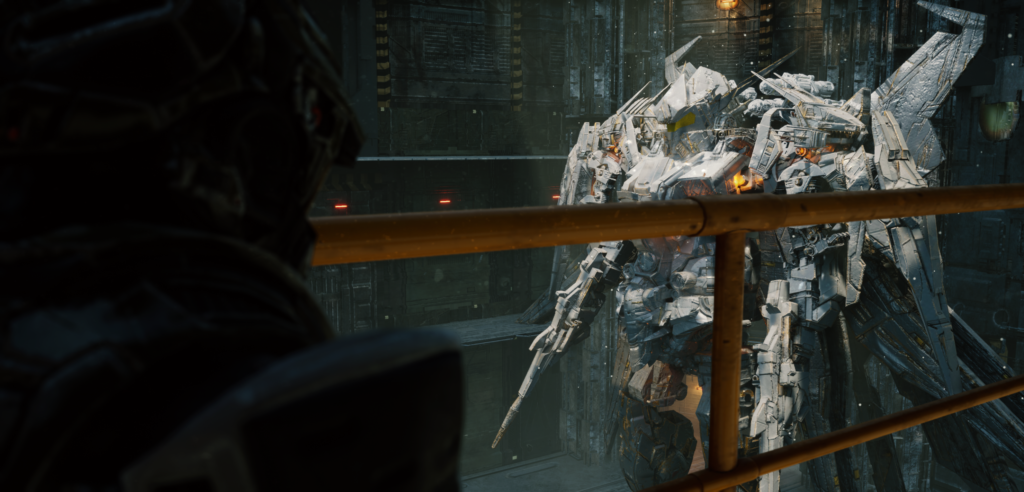
Types of visual effects
While animation certainly counts as a visual effect, chances are you don’t run a team of hand-drawn illustrators for your film. The following VFX types are the most common and are a great starting point for your success in the VFX world (for the record, you can use them exclusively for animation)
Computer generated images
While computers are now ubiquitous and used in all productions, the term has become less vague, but it is important to note. A computer-generated image, or CGI for short, is an image produced entirely with the help of a computer. There is no other. This type of VFX has been used in Marvel movies, Pixar films, the Lord of the Rings series, and thousands of other films. One of the first movies to use it was Toy Story, and animators and filmmakers have been using it ever since.
Compositing
You can understand compositing by thinking of it as a composite of layers on the screen. For example, suppose you are viewing an image that has one image in it. This would be called a double exposure, where the two images are superimposed on each other to create a single frame.
The most common form of synthesis is through the use of green screen technology. By far, you are almost certain you have seen or used it. An actor or group of actors perform on or around a green screen as if they were in a scripted environment. Later in post-production, the image the audience wants to see is converted to the background by what is called a chroma key. Knowing the basics of green screens will go a long way in helping you with your videos.
Motion Capture
Combining two forms of VFX, motion capture animation allows actors to represent and act out scenes in their environment that will later be digitized and manipulated. A famous example of this is the work of Andy Serkis. Whether playing Gollum in The Lord of the Rings or the lead ape in Planet of the Apes, Serkis’ performance was captured to make the ultimate image more realistic. Through his body movements and facial expressions, Serkis can deliver 3D performances that enhance the overall quality of the picture.
There are many things you can do if you master the VFX technique. If you’re still worried that you can’t do it well, I suggest you come to Wingfox and learn from the senior gurus.

Post a Comment
要发表评论,您必须先登录。
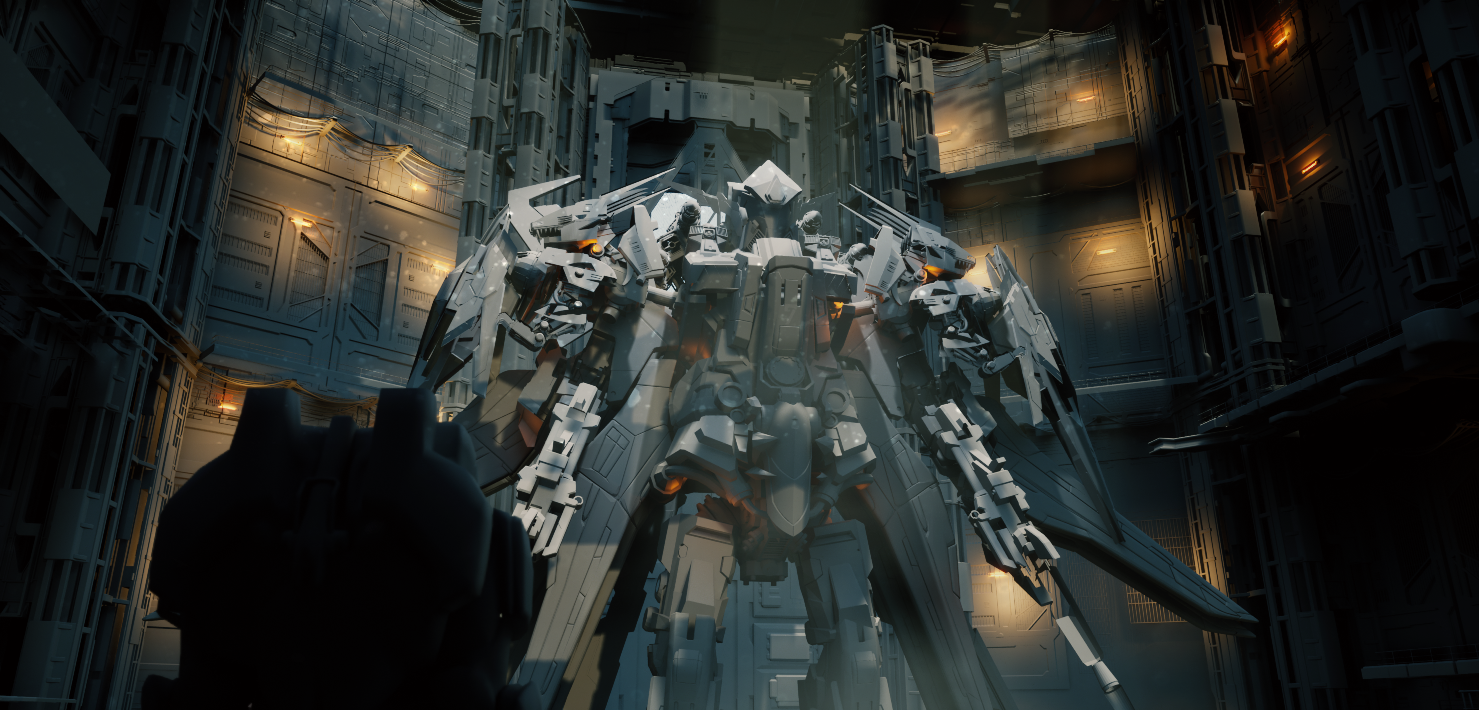









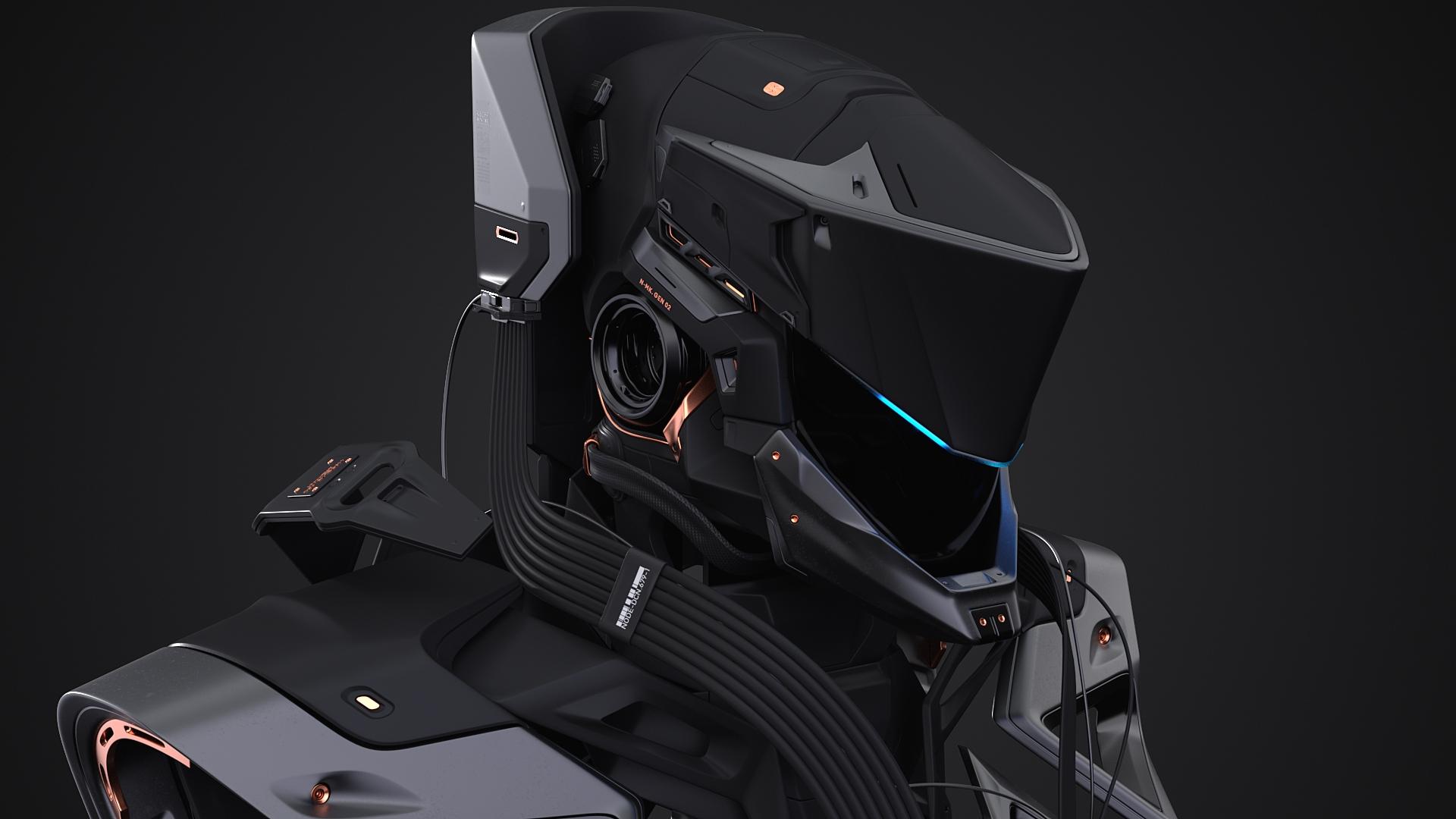
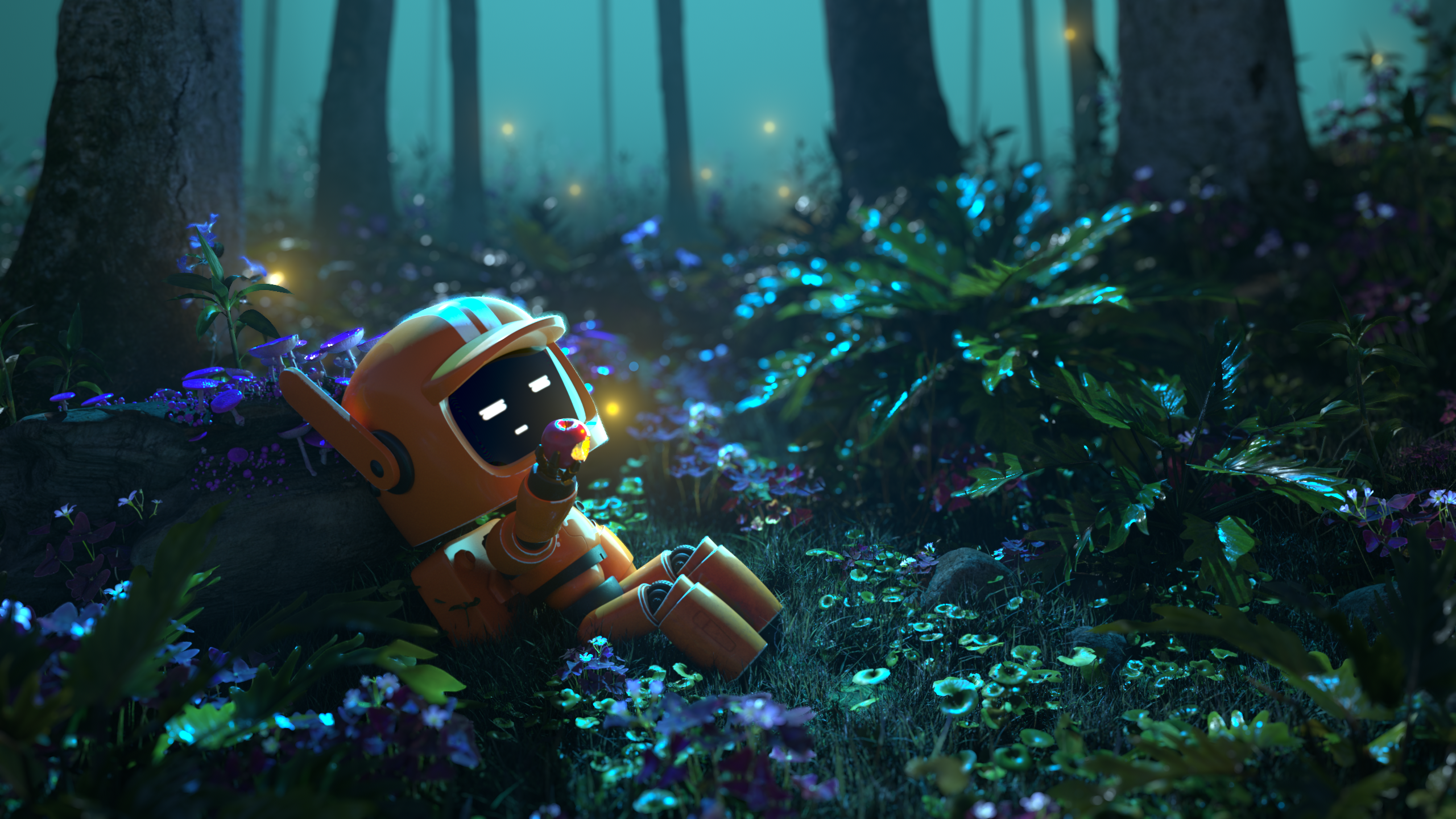

Pingback: 9 Great VFX Tutorials for you - Wingfox
2022-03-21